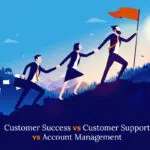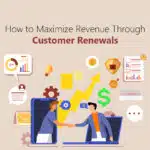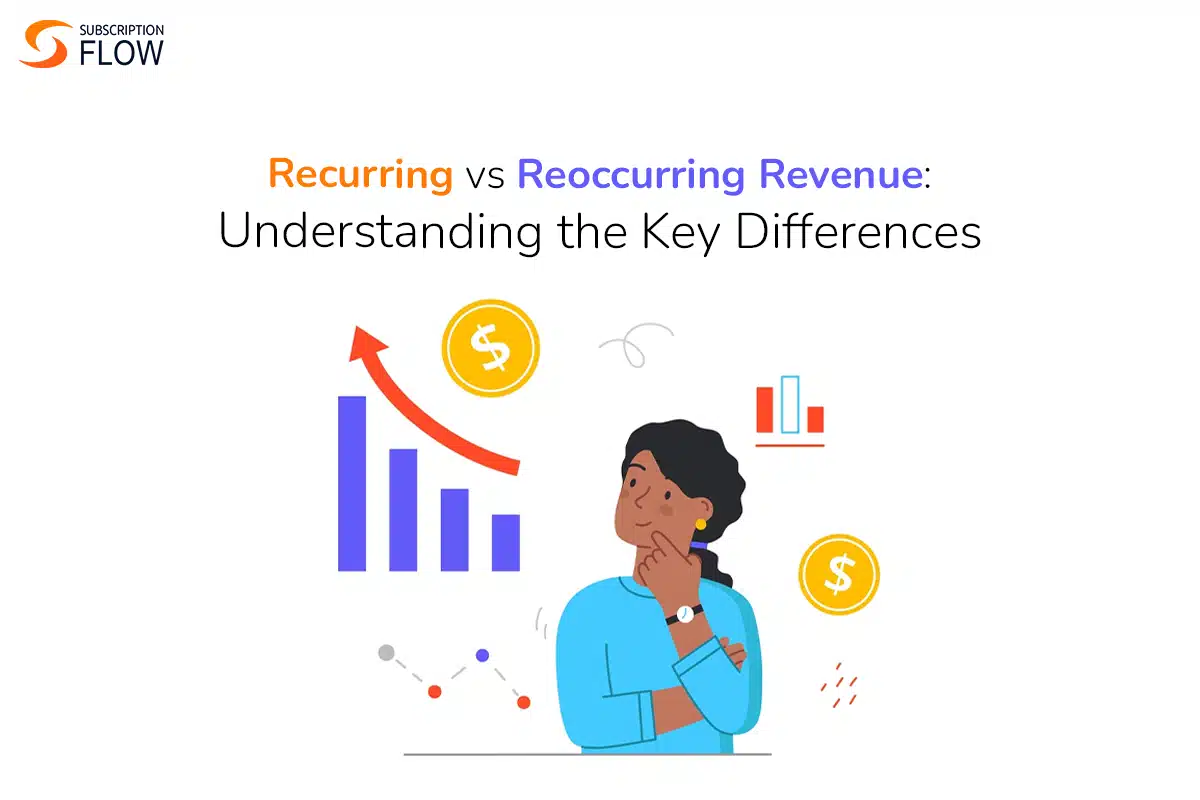
Recurring vs Reoccurring Revenue: What are the Key Differences
The key to unlocking scalability for any business is to tap into some kind of recurring revenue stream. When it comes to repeat revenue, two associated terms that are often used interchangeably are recurring vs reoccurring revenue.
While both terms, undoubtedly stem from the same root, they have different meanings and implications for your business. In this article, we will cover the differences between recurring and reoccurring revenue. Discover how you can leverage these models to drive growth.
Introduction
Revenue is the driving force of any enterprise, and thoroughly understanding and optimizing your revenue streams can make a huge difference in your business’s growth potential.
In this context, recurring vs reoccurring revenue are two terms that describe the revenue that is generated repeatedly over a period of time. However, both these concepts have some key distinctions that are necessary to understand.
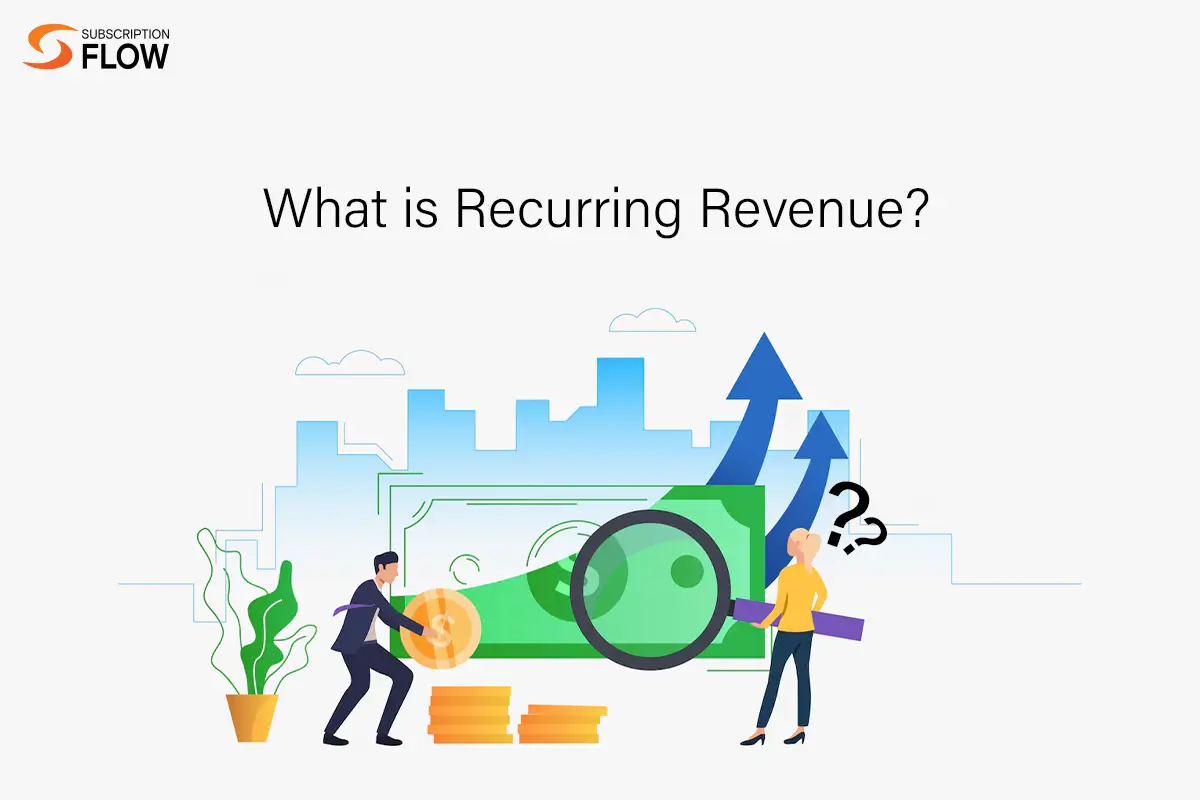
What is Recurring Revenue?
Recurring revenue is revenue generated from subscriptions or memberships that are billed at periodic intervals, such as weekly, monthly or yearly. It refers to the ongoing sales of products or services based on a one-time contract with repeat transactions for the renewal of services or repurchasing of goods. Recurring revenue is consistent, predictable, and can be scaled up gradually.
Examples of Recurring Revenue
Some examples of recurring revenue include:
1. Subscription services e.g., Netflix, Spotify, Hulu etc.
2. Memberships e.g., gym, spa and club memberships, etc.
3. Service contracts e.g., maintenance contracts, software licenses, etc.
4. Automatic renewals e.g., insurance policies, utility services, etc.
Benefits of Recurring Revenue
These are some of the advantages of leveraging the recurring revenue model for your revenue generation goals:
1. Predictable cash flow:
Recurring revenue provides a stable source of income. It assists revenue forecasting, financial planning, and efficient funds allocation.
2. Customer loyalty:
Customers who subscribe to recurring services or products establish loyal relationships with your business, leading to a higher customer lifetime value (LTV).
3. Lower Customer Acquisition Cost (CAC):
Obtaining new customers is expensive. Instead of spending your time, energy and finances to bring in more customers, on the basis of one-time upfront payments, you can focus on fostering loyalty with your existing customers. This is possible via the recurring revenue model whereby your one-time customers turn into lifetime customers.
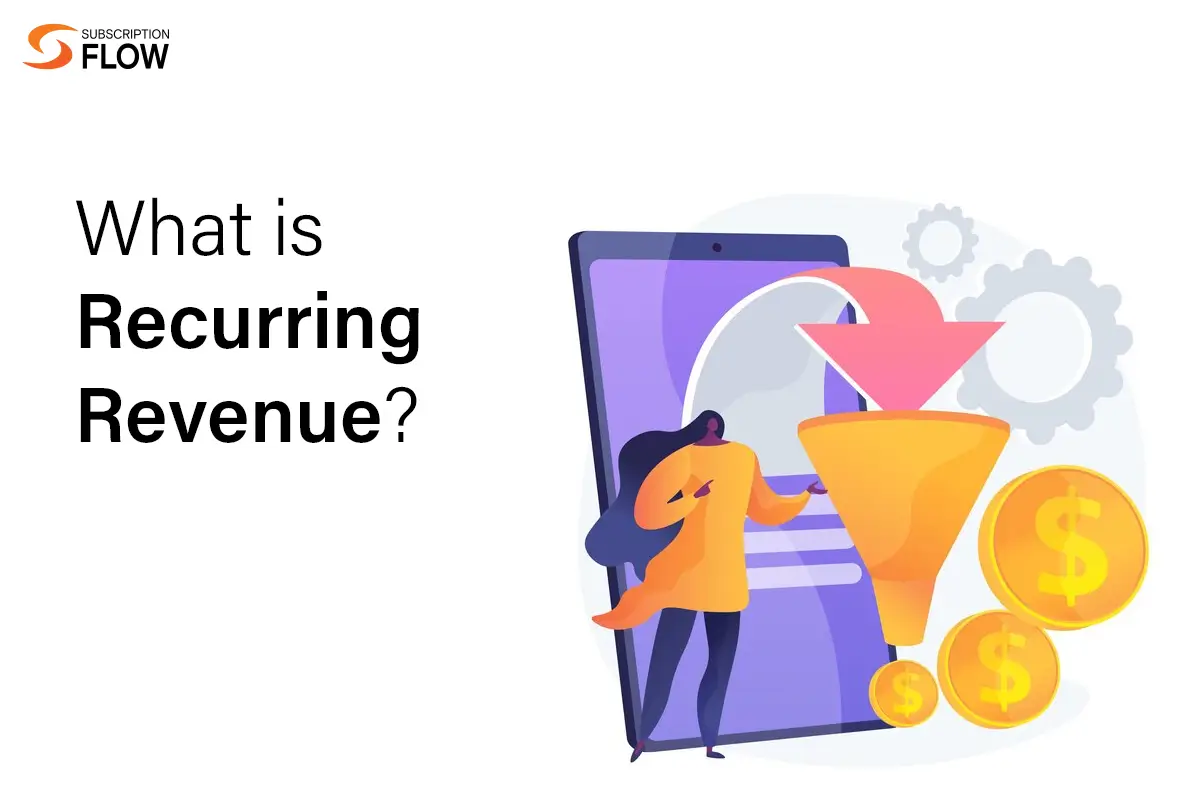
What is Reoccurring Revenue?
Reoccurring revenue is revenue that is collected via one-time purchases that happen continually over a time span. In simpler words, reoccurring revenue is revenue that is generated from customers who buy products or services from your business repeatedly. This revenue is less predictable than recurring revenue, since it is hard to forecast when a customer will make their next purchase. Nevertheless, this practice also provides a stable source of income for businesses.
Examples of Reoccurring Revenue
Examples that reflect reoccurring revenue include the selling of:
1. Refillable products e.g., printer ink cartridges, coffee pods, etc.
2. Replacement parts e.g., car parts, appliance parts, etc.
3. Consumable goods e.g., cleaning supplies, food items, etc.
4. Event tickets e.g., sports games, concerts, etc.
Benefits of Reoccurring Revenue
These are the major benefits of reoccurring revenue for your business:
1. Stable revenue stream
Reoccurring revenue provides you with a consistent source of income, even if it is less predictable than recurring revenue.
2. Customer retention
Customers who repeatedly purchase the same product or service are more likely to stay committed to your company, and these customers can be further incentivized to increase the purchase of related products/services.
3. Cost savings
Focusing on reoccurring revenue, just as on recurring revenue might prove cheaper than having to bring in new customers.
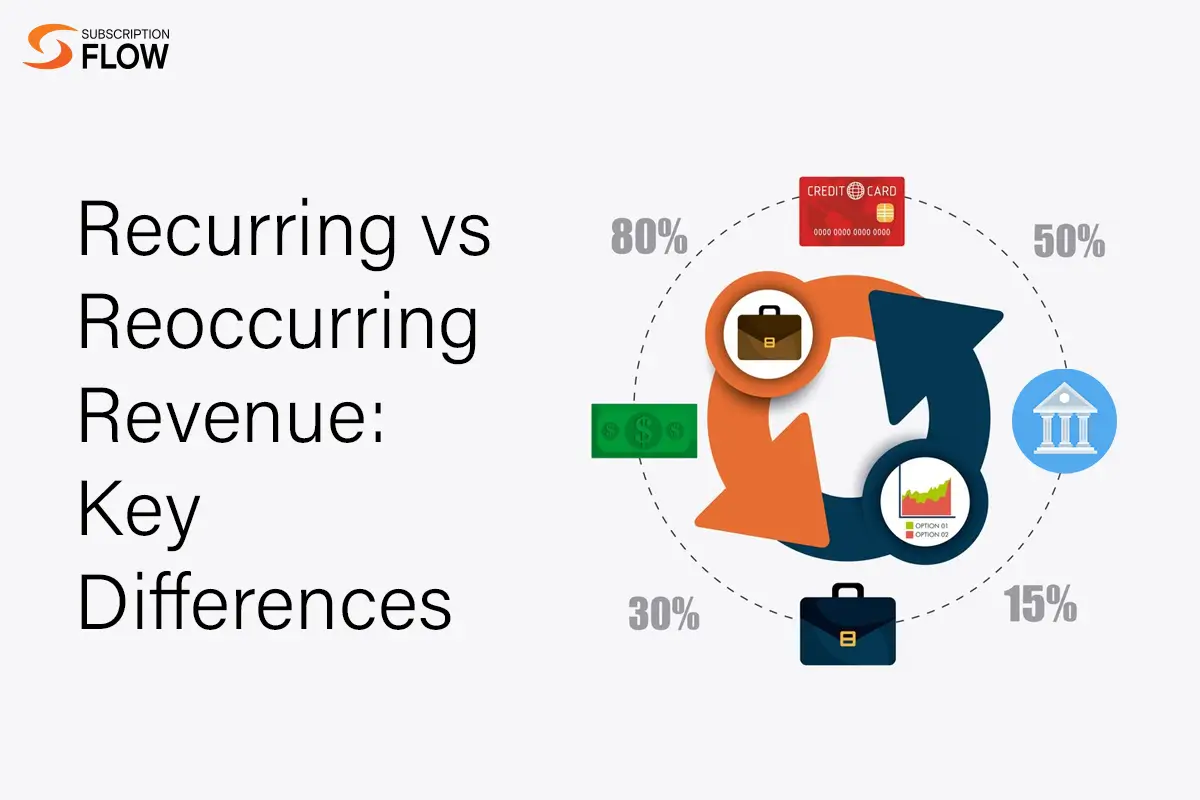
Recurring vs Reoccurring Revenue: Key Differences
As one might see by just their definitions, recurring and reoccurring revenue represent slightly different concepts. Recurring revenue refers to earnings which are generated, for example, by subscription, contracts, membership fees, or any other method with a regular schedule. On the other hand, reoccurring revenue refers to revenue from recurrent customers and purchases, even if the purchase is not scheduled.
Recurring vs Reoccurring Revenue: Which is Better?
Both models can be successful, depending on the type of business and your client’s buying behavior.
Recurring revenue models can offer a more consistent and predictable source of income and may be helpful to businesses that wish to develop long-run relationships with their customers.
Reoccurring revenue models can be more flexible and can allow businesses to capitalize on short-term opportunities, such as seasonal sales or new product launches. When properly nurtured, reoccurring revenue can also be directed into a recurring revenue stream, as in the case of Amazon, which we’ll discuss in a bit.
Tips for Building a Recurring or Reoccurring Revenue Model
Whether it’s a recurring or reoccurring revenue model, there are several strategies you can go about building a successful revenue stream:
1. Focus on customer needs
To build a sustainable revenue stream, you need to understand your customers’ needs and create products or services that meet those needs.
Use survey instruments and leverage data analytics to understand consumer behavior and tap into opportunities for revenue expansion by tailoring your offerings to the needs of your target customer base.
2. Value delivery
Customers only keep paying for the products or services if they receive the value of what they are paying for.
Ensure quality offers that are not cheap but justified; continuously offer new values through new offers and user-driven product development, especially with the type of offering that applies to software as a service.
3. Flexibility
Customers enjoy the flexibility of opting to pay at their convenience for a product or service. Provide a choice for monthly or yearly payment terms. Increase your effective sales funnel and cater to different budgets and preferences.
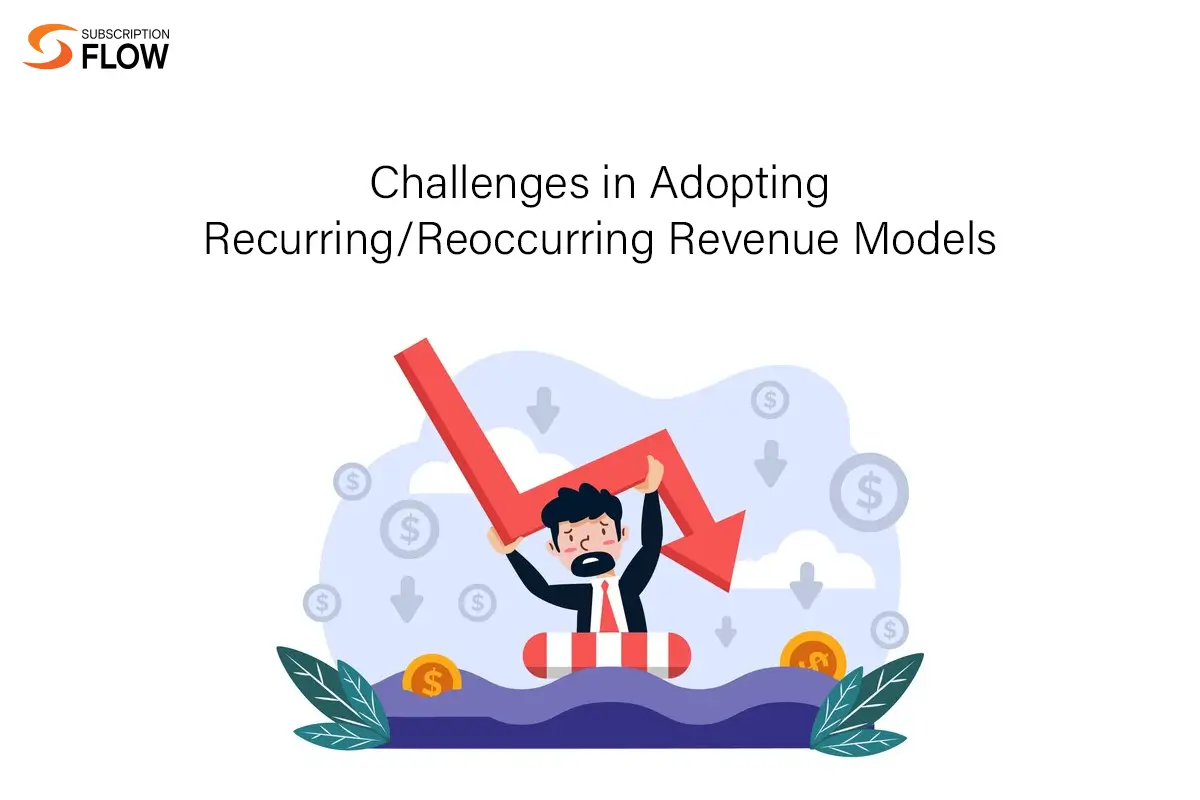
Challenges in Adopting Recurring/Reoccurring Revenue Models
It might be painstaking to adhere to a recurring or reoccurring revenue model for a company that relies heavily on one-time sales.
These are some noteworthy challenges that the company might face:
1. Persuading the customer to pay regularly
It becomes hard to persuade customers to commit to regular payments especially if they are used to one-time purchases and fear that the commitment will drain funds.
2. Maintaining customer loyalty
To sustain the revenue flow, the customers have to be engaged and happy in the long run. Loyalty discounts, personalized campaigns and top-notch customer service can do the trick.
3. Management of cash flow
Recurring revenue models can ensure predictable income; however, the appropriate management of cash flow is very crucial for maintaining adequate funds to pay for ongoing expenses.
SubscriptionFlow, the best revenue management software, can make sure your revenue tracking, reporting, and optimization are excellent.
Case Studies of Successful Recurring and Reoccurring Revenue Models
There are many examples of successful recurring and reoccurring revenue models across different industries. Here are some famous examples:
Netflix
As an OTT streaming platform, this business has a recurring revenue model, which allows it to establish a network of loyal customers, and invest in original content.
Amazon
It has a recurring-revenue model based on repeat purchases, through which, in part, the e-commerce giant has arrived at being one of the most precious companies in the world.
Amazon has successfully steered customers who are prone to buying perishables and grooming items regularly toward generating recurring revenue through subscription services of such items and offering them discounts to convert them.
Conclusion
Between reoccurring and recurring revenue, neither is objectively better than the other. It’s important to focus on creating value for your customers and building long-term relationships to make the choice of which one to opt for.
By understanding the differences between these two models, and implementing effective strategies to overcome related challenges, you can build a sustainable and successful revenue stream for your business and power long-term growth.








